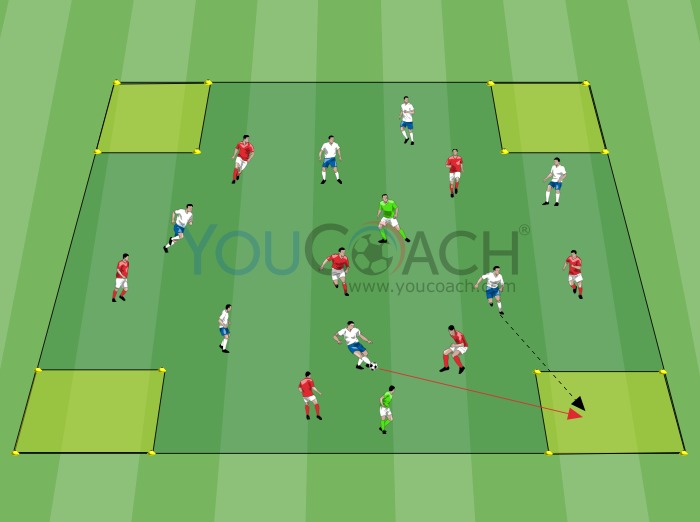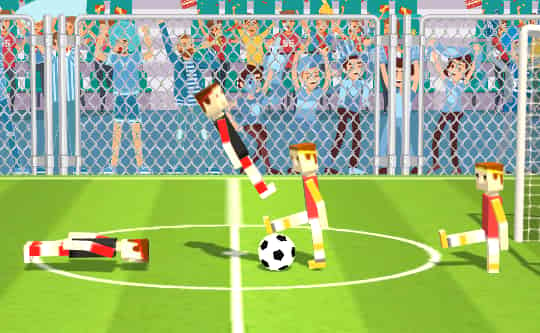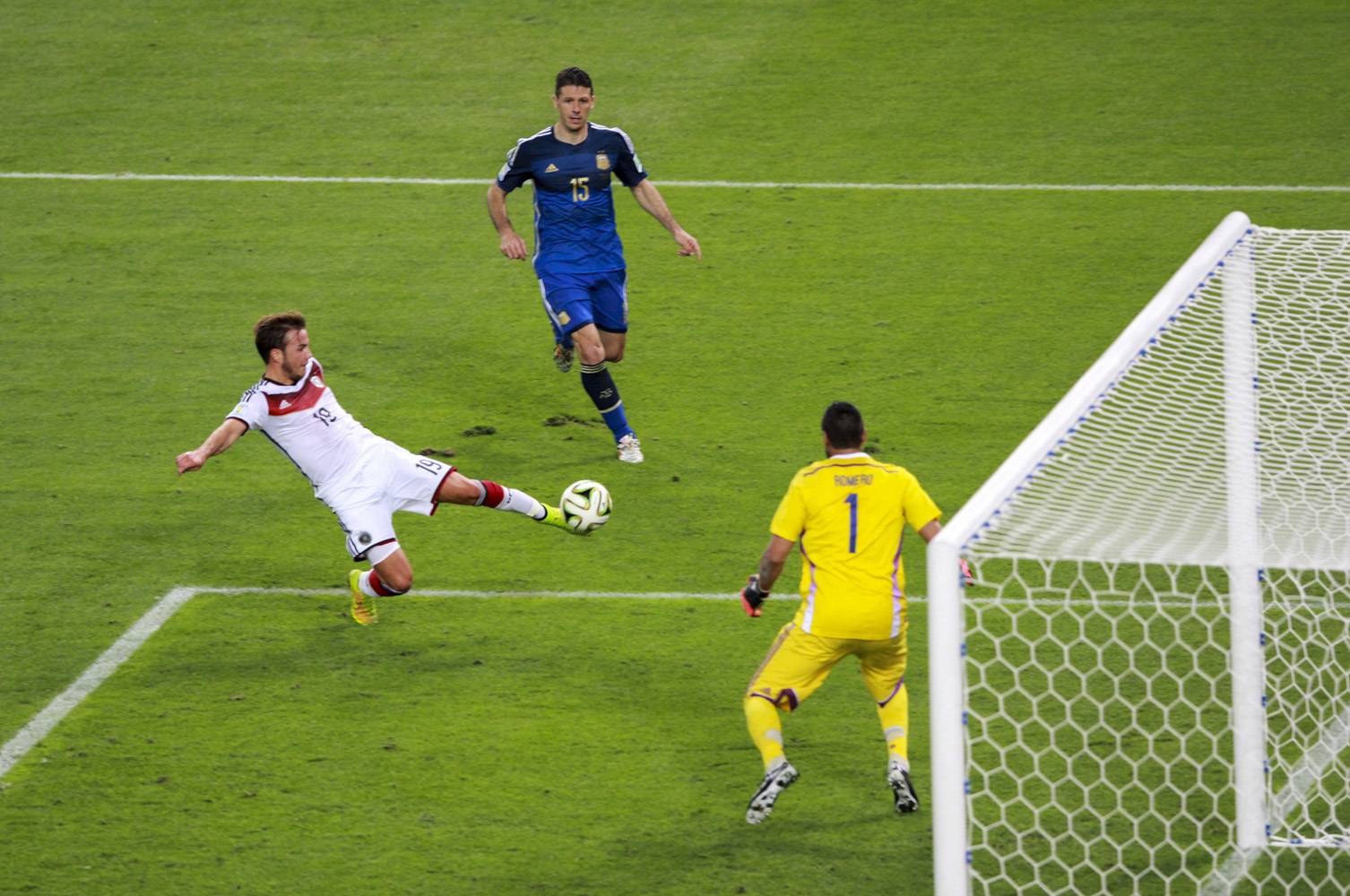Physics and soccer are two seemingly unrelated subjects, but they are actually closely intertwined. The laws of physics play a crucial role in the way a soccer ball moves and how players interact with it on the field. Understanding these principles can help players improve their performance and make better decisions on the pitch.
One of the most important aspects of physics in soccer is the way the ball moves through the air. The ball's trajectory is influenced by several factors, including its spin, velocity, and the direction and strength of the wind. The spin of the ball determines its lift and drag, which affect its trajectory and how it bounces on the ground. The velocity of the ball determines how far it can travel and how much it will be affected by the wind. The wind direction and strength can also affect the ball's movement, making it more difficult for players to predict its path.
Another important factor in soccer physics is the way players interact with the ball. The way a player kicks or strikes the ball can greatly influence its movement and trajectory. The strength and angle of the kick, as well as the part of the foot or head used to make contact with the ball, can all have an impact on the way the ball moves.
In addition to the ball's movement, the physics of soccer also plays a role in the way players move on the field. The principles of momentum and Newton's laws of motion are crucial in understanding how players can generate and maintain speed, change direction, and jump to reach high balls.
Understanding the physics of soccer can help players make more informed decisions on the field. For example, a player who understands the impact of spin on the ball's trajectory may be more likely to use this knowledge to their advantage when taking a free kick or corner kick. Similarly, a player who understands the laws of motion may be able to predict the movements of their opponents and anticipate their actions more effectively.
Overall, the physics of soccer plays a crucial role in the way the game is played and the outcomes of matches. By understanding these principles, players can improve their performance and make better decisions on the pitch.







